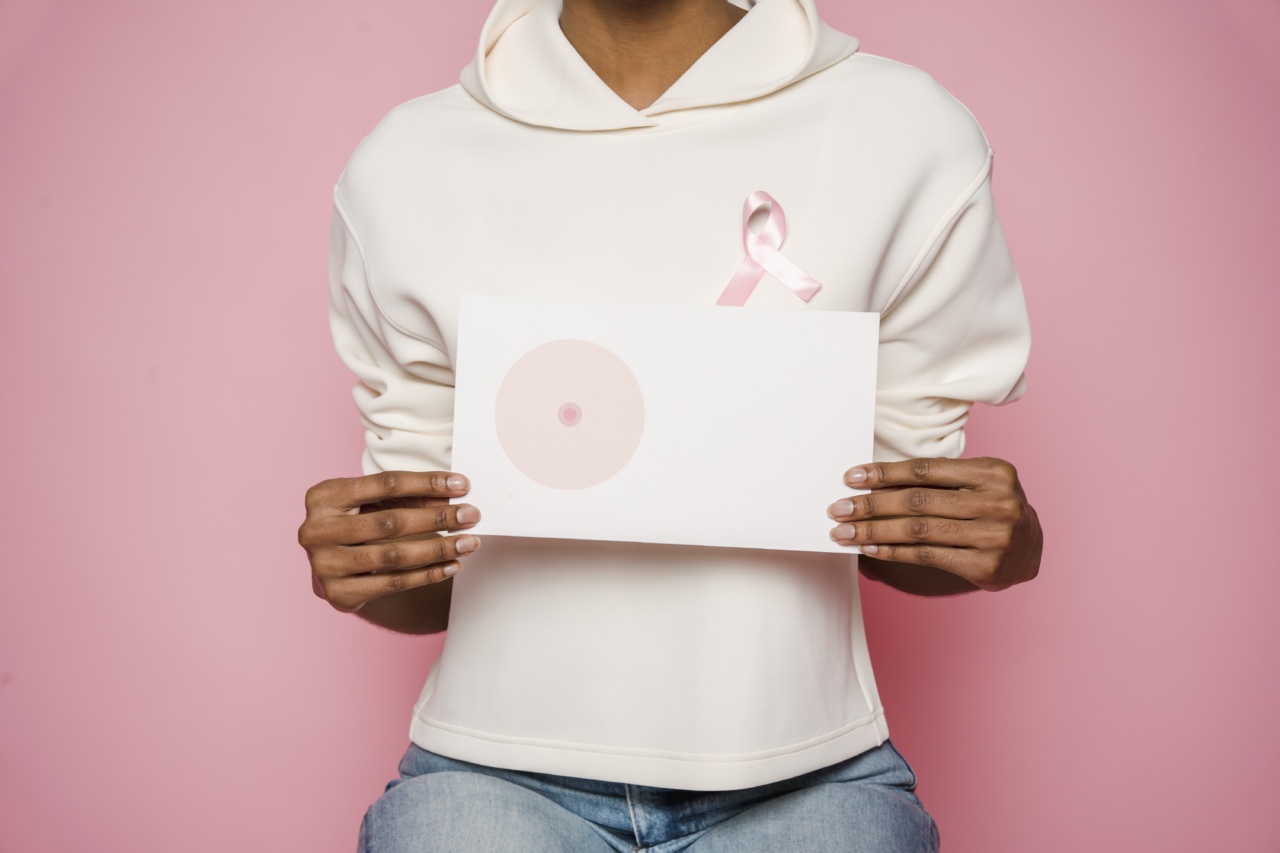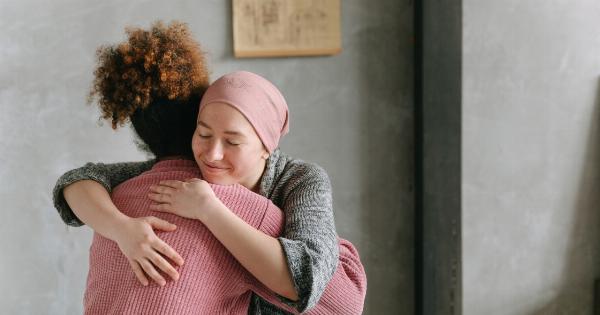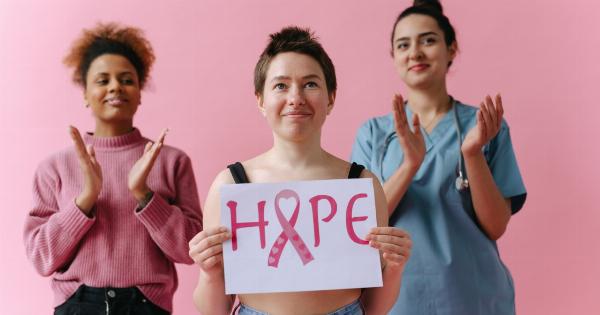Breast cancer is one of the most common and aggressive forms of cancer among women worldwide. It affects not only the physical health of patients but also takes a toll on their emotional well-being.
The search for effective treatment options has always been at the forefront of medical research, and a recent development is providing new hope for breast cancer patients – drug combinations.
The Challenges of Breast Cancer Treatment
Treating breast cancer is often a complex and challenging process. The disease is known for its heterogeneity, meaning that different patients have different subtypes of breast cancer.
This has led to a need for personalized treatment approaches that take into account the unique characteristics of each patient’s cancer.
Another significant challenge in breast cancer treatment is drug resistance. Cancer cells can develop resistance to conventional therapies, rendering them ineffective over time.
This resistance can be acquired through various mechanisms, including genetic mutations and molecular alterations.
Why Drug Combinations?
Combining different drugs with distinct mechanisms of action has shown promise in overcoming drug resistance and improving treatment outcomes.
By targeting multiple pathways involved in cancer growth and progression, drug combinations can have a synergistic effect, increasing their efficacy.
Moreover, drug combinations can target multiple subtypes of breast cancer simultaneously. As the disease is complex and often involves multiple molecular abnormalities, a single drug may not be sufficient to address all the aspects of the disease.
By combining drugs, the treatment can be tailored to target different pathways and subtypes, offering a more comprehensive approach.
Recent Breakthroughs
Recent studies have shown promising results in the use of drug combinations for breast cancer treatment. One example is the combination of endocrine therapy and targeted therapy.
Endocrine therapy, such as tamoxifen, is commonly used for hormone receptor-positive breast cancer. However, some tumors develop resistance to this treatment. By combining endocrine therapy with targeted therapies, such as CDK4/6 inhibitors, researchers have observed improved response rates and increased progression-free survival.
Another notable breakthrough is the use of drug combinations in HER2-positive breast cancer. HER2-positive breast cancer is an aggressive subtype that accounts for approximately 20% of breast cancer cases.
While targeted therapies like trastuzumab have significantly improved outcomes for HER2-positive patients, de novo or acquired resistance remains a challenge. Recent studies have shown that combining trastuzumab with other targeted agents, such as pertuzumab or T-DM1, can enhance response rates and delay disease progression.
Combination chemotherapy is also being explored as a treatment option. By combining different types of chemotherapy drugs, researchers aim to maximize their effectiveness while reducing side effects.
Studies have shown that certain combinations, such as the combination of taxanes and anthracyclines, can improve response rates and overall survival in breast cancer patients.
The Future of Breast Cancer Treatment
The use of drug combinations is poised to revolutionize breast cancer treatment. As researchers gain a better understanding of the molecular and genetic complexities of breast cancer, more targeted therapies are being developed.
These therapies can be combined with existing treatments to create personalized drug combinations that are tailored to individual patients.
Additionally, advancements in precision medicine and genomic profiling have enabled researchers to identify specific molecular alterations within tumors.
This knowledge allows for the selection of drug combinations that can effectively target these alterations and overcome drug resistance.
Furthermore, the advent of immunotherapy has opened up new possibilities for drug combinations. Immune checkpoint inhibitors, such as PD-1/PD-L1 inhibitors, have shown promising results in various cancer types.
Combining these immunotherapies with other targeted therapies or chemotherapy may further enhance their efficacy in breast cancer treatment.
The Importance of Clinical Trials
While the potential of drug combinations in breast cancer treatment is exciting, it is crucial to validate their efficacy and safety through rigorous clinical trials.
Clinical trials provide the necessary evidence to support the use of specific drug combinations and help guide treatment decisions.
Participation in clinical trials is vital for breast cancer patients as it not only gives them access to the latest treatment options but also contributes to the advancement of medical knowledge.
By enrolling in clinical trials, patients become active participants in shaping the future of breast cancer treatment.
Conclusion
The introduction of drug combinations offers new hope for breast cancer patients. By targeting multiple pathways and subtypes simultaneously, drug combinations have the potential to overcome drug resistance and improve treatment outcomes.
Ongoing research and clinical trials will continue to uncover new drug combinations and refine their use, paving the way for more personalized and effective treatments for breast cancer patients.
























